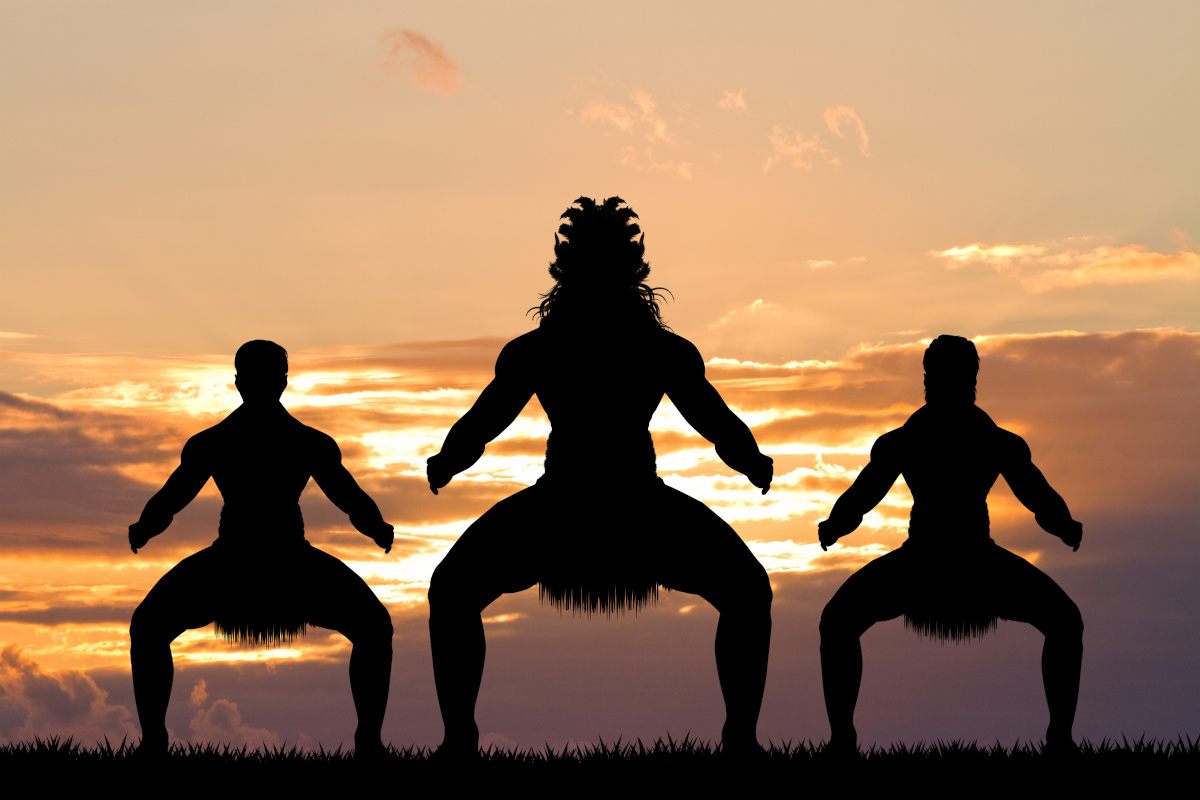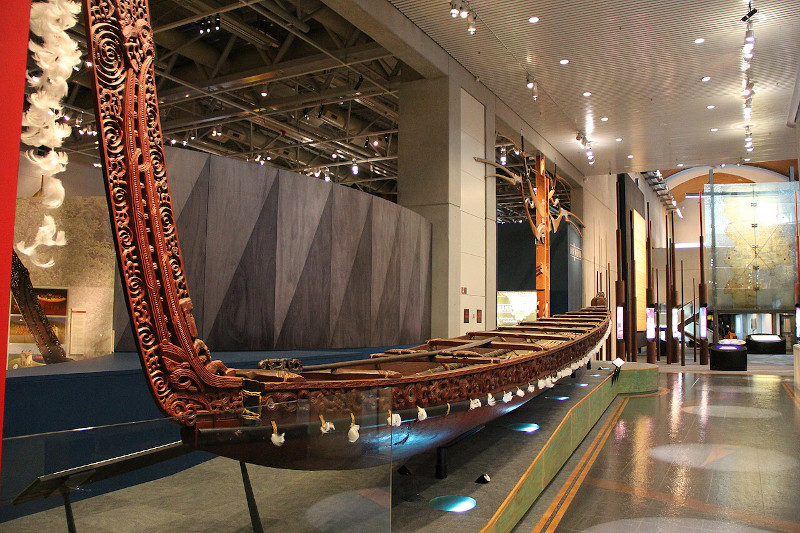
Forgotten Ancient Peoples of New Zealand - an Enduring Mystery of the Past
New Zealand, a land known for its dramatic landscapes, rich biodiversity, and vibrant Maori heritage, also harbors enigmatic hints of ancient peoples who are less well known in mainstream history. These are the forgotten ancient peoples of New Zealand, whose stories, cultures, and contributions remain secretive and largely overshadowed by the dominant narratives of Polynesian and later European settlements. Unraveling the mysteries of these ancient inhabitants involves delving into a blend of oral traditions, archaeological findings, and speculative scholarship. This examination will explore the various aspects of their existence, cultural practices, societal structures, and the controversies surrounding their place in New Zealand’s history.
- Pre-Historic Island Hopping ‘Hobbits’ in the South Pacific
- The Mythological Maori Origin Stories of New Zealand
Pre-Maori Inhabitants: Forgotten Ancient Peoples That Could’ve Dwelt in New Zealand
Before the arrival of the Polynesian ancestors of the Maori, it is posited that other groups might have settled in New Zealand. This notion is primarily fueled by Maori oral traditions, which speak of earlier inhabitants such as the Patupaiarehe, the Turehu, and the Waitaha. These groups are often described in mythological terms, seen as ethereal beings or fairy folk living in the misty mountains and dense forests. The Patupaiarehe, in particular, are depicted as light-skinned and red-haired, dwelling in remote and inaccessible areas, avoiding contact with the Maori.
While these descriptions might initially seem purely mythical, some scholars argue that they could be based on real encounters with earlier human populations. Archaeological evidence supporting this theory includes findings of stone tools, fortified villages (known in Māori as “pā”), and other remnants that predate the known Maori settlements. Some controversial radiocarbon dating suggests that human presence in New Zealand could extend back to 2000 BC, significantly earlier than the accepted date of Polynesian arrival around the 13th century AD. Hoani Nahe, an elder of the Ngāti Maru tribe, who lived in the late 19th and early 20th century, recorded an interesting story about the pre-Māori people. He writes:
“When the migration arrived here they found people living in the land – Ngati Kura, Ngati Korakorako and Ngati Turehu, all hapu or sub-tribes of the people called Patupaiarehe. [...] The dwelling places of these people were on the sharp peaks of the high mountains…The pa, villages, and houses of this people are not visible, nor actually to be seen by mortal (Tangata Maori) eyes. Sometimes this people is met with by the Maori people in the forests, and they are heard conversing and calling out, as they pass along, but at the same time they never meet face to face, or so that they mutually see one another, but the voices are heard in conversation or shouting, but the people are never actually seen.”
(Te Ahukaramū Charles Royal, “First peoples in Māori tradition - Patupaiarehe, tūrehu and other inhabitants”, Te Ara - the Encyclopedia of New Zealand, 2024)
The Patupaiarehe and Turehu occupy a unique space between myth and potential historical reality. Maori legends describe them as nocturnal and possessing supernatural abilities, yet these stories might have roots in actual human encounters. The accounts of these beings are consistent across various Maori iwi (tribes), suggesting a shared cultural memory. These entities were said to be responsible for the creation of certain geographical features and the passing down of knowledge related to navigation, star lore, and even agriculture.

A Maori canoe. Museum of New Zealand Te Papa Tongarewa. (Codex / CC BY-SA 4.0)
A Division Between Myth and Reality
The speculation around these groups extends to their physical attributes, often described as being markedly different from the Polynesian Maori. Some theories suggest that the descriptions of light skin and red hair could point to a different genetic lineage. However, there is no definitive archaeological or genetic evidence to conclusively prove the existence of a distinct pre-Polynesian population. Skeptics argue that these stories might instead reflect interactions with the first European arrivals, other Polynesian voyagers, or be purely symbolic narratives.
The Waitaha are another group often mentioned in discussions of New Zealand's ancient peoples. According to certain narratives, the Waitaha were a peaceful, spiritually enlightened people who lived in New Zealand long before the arrival of the Maori. This story gained significant attention in the late 20th century with the publication of "The Song of Waitaha: The Histories of a Nation," a book that purported to reveal the hidden history of the Waitaha through oral traditions.




